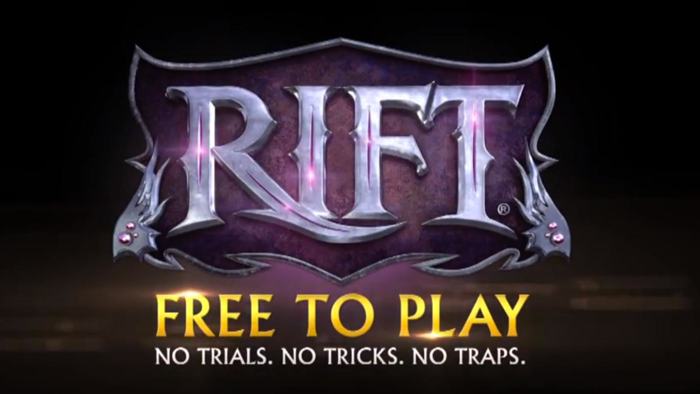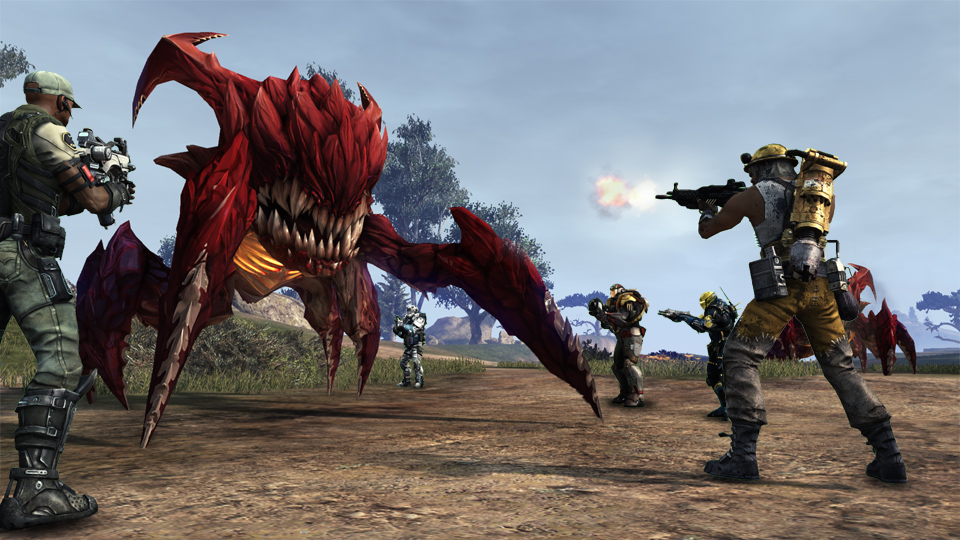The landscape for independent game developers has seen a massive change in the last few years. The rise of online games, downloadable PC games, games in a browser, social and mobile games brought new opportunities for small developers to create games. Developers could attract a paying audience without the necessity of building a huge amount of capital for inventory creation, distribution and sales. Finding money for game development has an important new option with crowdfunding from sites like Kickstarter and IndieGoGo.
This revolution had largely bypassed consoles until a few years ago, when Xbox Live Arcade, PlayStation Network and now Nintendo’s eShop began allowing smaller games a chance to appear. There were plenty of restrictions, though, and it was not an inexpensive, easy process like putting mobile games in the App Store or Google Play. Now consoles are fully joining the indie revolution, with Sony, Nintendo and Microsoft all making it easier for smaller developers to publish titles on consoles.
InXile Entertainment was quick to take advantage of the Kickstarter revolution, and now is eyeing the possibilities for consoles in the future. Wasteland II has been delayed by six weeks, but the beta will release on the original schedule. It’s quite a feat for any game developer for a project of this size and scope. The [a] list daily sat down with InXile CEO Brian Fargo, long-time veteran of the industry, to discuss the pending arrival of Wasteland II and the changing game market.
Fargo wants to create a great RPG in the classic tradition, and from the appearance of the software in its current form he’s succeeding. “I want to make it unbelievable,” said Fargo. “I want to show that you can make an unbelievable game without a publisher.” Fargo’s lined up a top-flight team of writers and designers (including the team from the original Wasteland) along with experienced programmers and artists using Unity to build a game that looks like a very worthy successor to the original RPG.
The focus is on quality, according to Fargo. “Here’s the great thing. If I take money from a publisher, what do they want at the end of the day They want to make a profit,” Fargo points out. “If I take money from my neighbors, friends, and family, they want their money back, and probably a small profit. If I take it from a VC, they want to make a profit. Money from crowdsourcing They just want a good game. It’s the most pure form of financing you can get. Universally, people say, take your time, get it right. We’ve waited 20 years, don’t worry about it. You know what a relief that is. ”
That’s not what you typically hear from publishers, who are usually focused on getting the game to market as quickly as possible. “If I’m in a situation where I’m humping to get paid, and I’m worried about my guys . . . fifty percent of my brainpower is fighting with someone and trying to get paid, and every milestone is like a hostage negotiation . . . I don’t think you make as good a game,” Fargo said.
Fargo believes there is still more to learn about bringing games to market through the crowdfunding process. “The process was already much more sophisticated on Torment than it was on Wasteland,” Fargo points out. “Whatever worked six months ago might not work today. Who’s to say if I did the exact same Torment campaign today I’d get the same amount of money There’s an emotional component to it. To me it’s all about timing, and what your messaging is at the time. I bet you I would arrive at some different kinds of conclusions if I was doing it today.”
The console market is something that Fargo plans to think about after Wasteland II has shipped. Microsoft, Sony, Nintendo are all saying that indies are more important to them, but the details still haven’t been fully revealed. “It’s been happening, and I’ve heard from Microsoft,” Fargo said. He recalls how it used to be when dealing with Microsoft. “I used to want to publish directly on the Xbox, and it was ‘OK, how many retail SKUs are you going to put out ‘ I always felt there was there this huge disconnect — why do I have to put products on a retail shelf in order to be on XBLA ”
Now the situation is completely different. “You’re hearing Microsoft reaching out, they’re saying ‘Hey, we want you on the machine,’ they’re making the calls,” Fargo said. “You can use the hardware as a development kit, making it more accessible, because indies can’t afford to buy [development kits]. It used to be that if you shipped on Sony first you could never be on the Xbox. Now they’re like ‘Well, we’re flexible, maybe there’s features…’ There’s a different dialog there.
“They’ve come full circle in a matter of ninety days on every part of it, including the ability to be on the platform at all. Sony was already there. They go one step further with their Dev Pub fund, where they actually give developers money upon delivery of a game. You’re actually hearing executives at both those companies — and Nintendo, I should say — talk about why indies are important. Someone called it the Cambrian explosion of creativity, I love that phrase.”
Fargo pointed out that digital distribution has led to games that can be improved over time incrementally, a big change from the past. “In the PC world, even in tablets, you can ship things that are unfinished, refine it and make it right. In the console business there were no policies that allowed that to happen. So there were whole types of games and experiences that you wouldn’t have gotten to do,” said Fargo.
“You look at DOTA 2, Minecraft, League of Legends — how much better have they gotten over time because of that iteration cycle You didn’t get that on console before. You look at DOTA 2 in its present state, it would have been a virtual impossibility to have nailed that on day one. So you have to have that cycle. You get a better game if you allow that to happen.”
“We don’t imagine that we ship a game and it’s over the next day. Those days are over,” Fargo said. “How scary would it be to go back ten years ago when we would make a game like Fallout, and you would just work on it, you wouldn’t show anybody anything, and then you’d just ship it and keep your fingers crossed that you nailed the right things. We’ll look back on those days and say ‘Those were the crazy old days!’
Marketing Wasteland II is not something Fargo is planning for, particularly. “I’m not worried about it,” Fargo said. “Word of mouth will carry the day. There’ll be enough initial people that will respond positively towards it. Shadowrun‘s a good example, I don’t know where they are now but they were number one or two in the Steam store for a week solid. I think word of mouth’s the most important thing — these days, it’s everything. We’re all pretty jaded from advertising.”
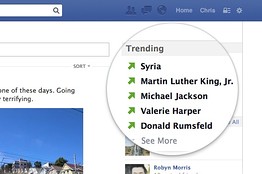
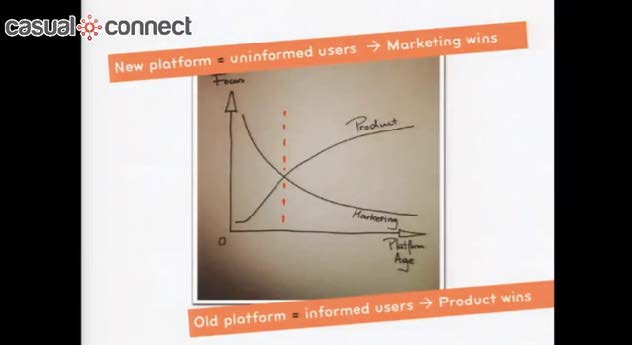

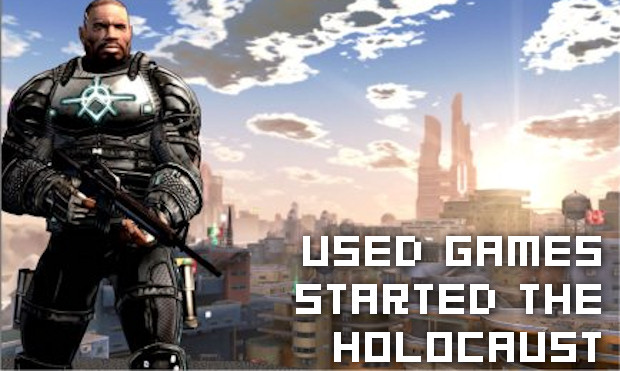
 Trion Worlds SVP marketing Noah Maffitt
Trion Worlds SVP marketing Noah Maffitt
